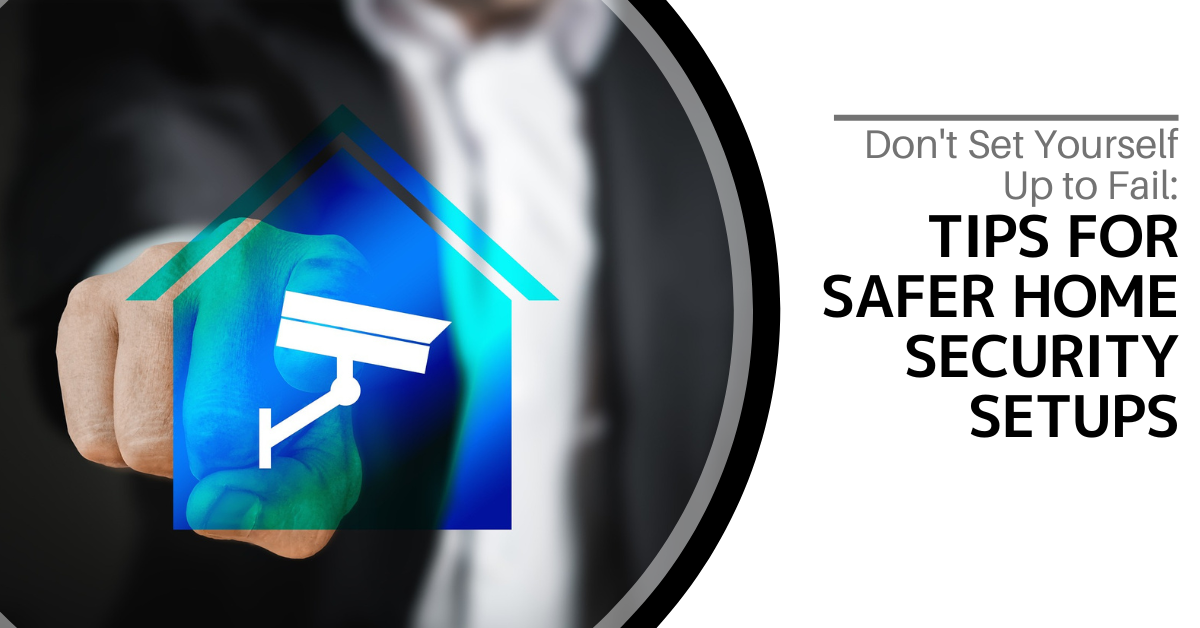The home security industry is on the rise, with experts predicting a growth rate of 20.1% by 2026. From doorbell cameras to complete security systems, consumers are looking for ways to monitor and protect their homes. With the convenience of cloud-based video streaming, homeowners can easily view any part of their home from anywhere. However, it is important to note that with the increasing popularity of home security cameras, there is also an increase in potential security risks.
There have been numerous stories of hacked cameras and data breaches, such as the 2019 incident with Ring, where the personal information of over 3,000 users was exposed. To ensure the safety of your home security setup, it is crucial to take the necessary precautions.
Secure your Router
Your home security camera system uses your router to access the internet, so it’s important to make sure your router is properly secured. Make sure your router’s security protocol is at least WPA2, and consider upgrading to WPA3 for even better protection. Choose a strong, unique password for your router that is at least 12 characters long and includes a combination of letters, numbers, and symbols. This will make it much harder for hackers to break into your network.
Change the Default Username & Password
Many security cameras come with default usernames and passwords that are easily accessible to hackers. Change the default username and password for your security system’s admin account to something unique and strong. This will make it harder for hackers to gain access to your system.
Ensure the System Uses SSL/TLS or Other Encryption
SSL (Secure Sockets Layer) and TLS (Transport Layer Security) are encryption protocols that protect the data transmitted through your security camera system. They ensure that the footage from your cameras cannot be intercepted and accessed by hackers. Make sure your security system uses one of these protocols or another standard encryption method.
Keep the Software Updated
Many security camera systems have automatic update features, make sure to turn it on. This will ensure that your system is always up-to-date and protected against any new vulnerabilities that may be discovered. Software updates often include important security fixes and you want to make sure your system has the latest one.
Consider Access Levels for Multiple Users
If multiple people in your household use your security camera system, consider setting up different access levels. Limit the number of people who have administrative access to the system and give others limited access, such as “view only” privileges. This will help prevent hackers from gaining access to the system through the login of an admin user.
Enable Camera Security Features
Many security cameras come with advanced security features, such as facial recognition, two-factor authentication, and real-time notifications of potential security breaches. These features can help protect your system against hacking attempts, so make sure to take advantage of them.
Secure your Smart devices
In addition to your cameras, you also want to secure other smart devices you have in your home such as doorbells, thermostats, and smart lighting. Make sure you change their default login credentials and also keep their software updated.
Be aware of Phishing attempts
Be aware of phishing attempts and don’t open links or attachments from unknown sources. Cybercriminals can use phishing to steal your personal information and gain access to your security cameras.
By following these tips, you can ensure that your home security system is set up in a way that maximizes its ability to protect your home and family while minimizing the risk of hacking or other security breaches.


Comments are closed